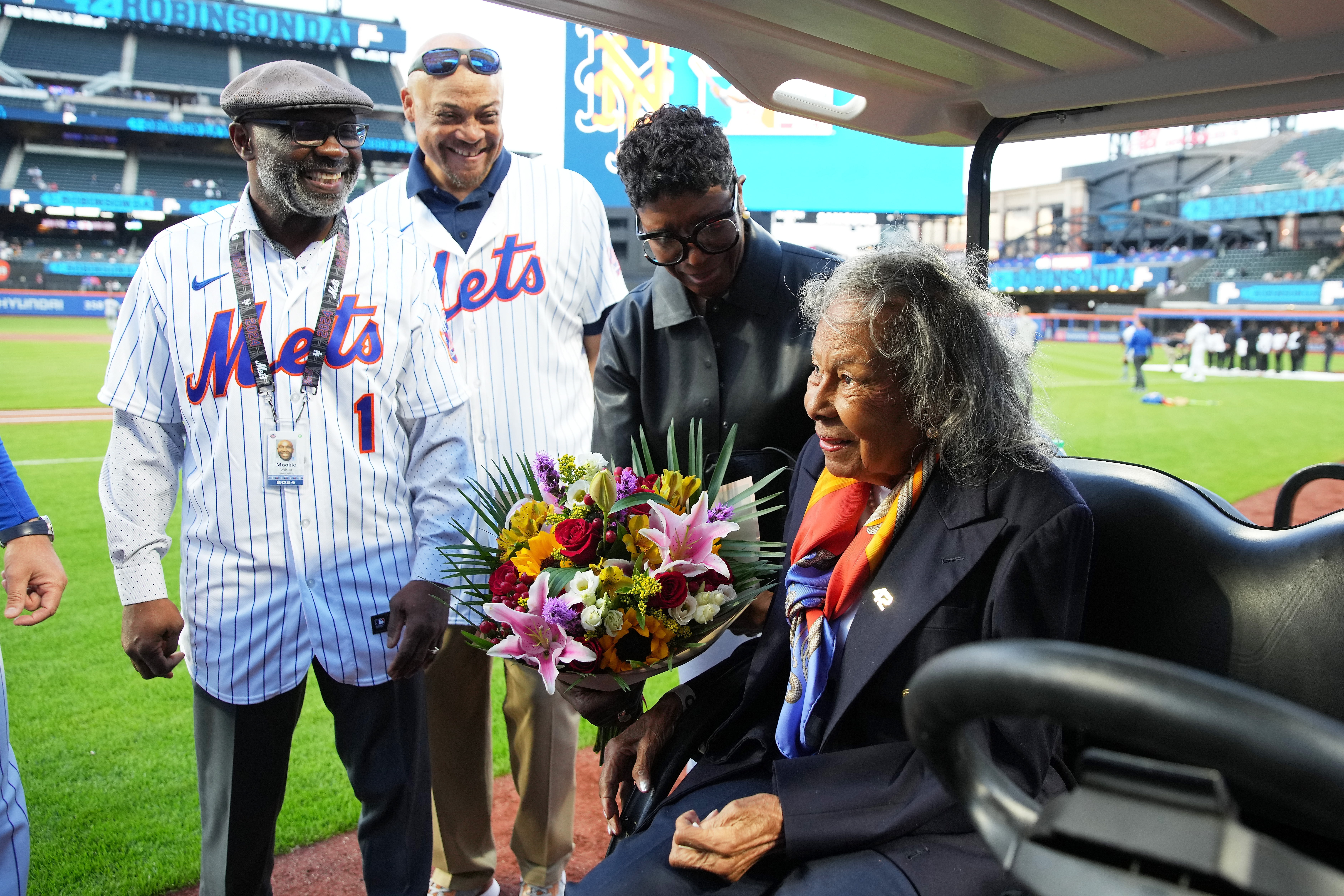
COOPERSTOWN, N.Y.As the old saying goes, if a ballplayer can succeed three times out of 10 for an entire career, he will end up with a plaque in the Hall of Fame. Its one of those idioms that underscores how much failure pervades a baseball game.
The same thing can be said about putting together a team as well and when former Phillies general manager Pat Gillick is inducted into the Baseball Hall of Fame this Sunday, there will be no shortage of swings and misses.
For every trade to get Roberto Alomar and Joe Carter there was one to get Freddy Garcia. Success and failure go hand in hand in baseball and not just with the action on the field.
It always comes down to will and gumption, even in the executive suite.
Its a crapshoot, but the thing about it is I think you have toyou cant lose your guts, let me put it that way, Gillick said. If you lose your nerve or lose your guts, if you have a failure and you think youre doing the right things preparing to make that sign, if youve crossed all the Ts and dotted all the Is and checked everything out and it just didnt work out, you cant let that stop you. Youve got to go ahead and not lose your nerve and go ahead and do what you think is best for the club.
Gillick has made deals as the general manager of the Blue Jays, Orioles, Mariners and Phillies to get Hall of Famers whose plaques will be displayed alongside his like Alomar, Rickey Henderson, Eddie Murray, Dave Winfield, Phil Niekro and Paul Molitor. Gillick also made deals to get Ichiro Suzuki, Jack Morris, David Stewart, David Wells and David Cone.
But he also allowed others to move on, like Ken Griffey Jr., Alex Rodriguez, Jim Thome and Bobby Abreu.
MLB
Still, what matters, says Gillick, is the team and the collection of the parts instead of the individual talent. With three World Series titles, 11 trips to the playoffs and a tenure as a builder of an expansion franchise to one as the architect of a team that won 116 regular-season games, Gillicks record is a ready-made guide.
Theres a lot of small deals sometimes that add more of the mix and Ive always said that sometimes the sum is bigger than the parts, Gillick said. You look at the parts and you say, Well, you know, it really doesnt make sense, but when you add them all up together then it does make a lot of sense.
It probably comes from the scout in Gillick in which most of his philosophies were formed. A left-handed pitcher for 1958 NCAA champion USC under the legendary coach Rod Dedeaux, Gillick toiled for five years in the Orioles system. When arm trouble ended his career at age 26, Gillick took a job in scouting with the Houston Colt .45sAstros. He moved to the Yankees as scouting director in 1975 before taking over the expansion Blue Jays in 1977, but by then the tenets of the baseball scout were deep in his blood.
As a scout, Gillick learned to take chances and to drive that extra mile to see a player with your own eyes. Sure, talent often was the biggest factor in determining the value of a player, but Gillick was famous for taking the time to get to know the person. Toward the end of his time as a GM, Gillick said he often put makeup ahead of talent, which meant he had to learn more about the player than mere statistics. It was the whole person that mattered and to determine who were the best of the best, Gillick often had to lean on his old scouting instincts as well as the gumption of others.
I learned a lot from him. I appreciate what he means to the game and what he means to people who have worked with him, said Gillicks former protg turned Phillies GM, Ruben Amaro Jr. He deserves the honor and its good to see someone with his background get this honor because in a lot of ways he represents the scouts and represents the people who do the grunt work that dont get the recognition.
Though Gillick is just the fourth team architect (Ed Barrow, Branch Rickey and George Weiss are the others) to be elected to the Hall of Fame, Amaro says the induction is symbolic.
I think he believes that he represents all the people behind the scenes who we as GMs rely on to help make the teams better, Amaro said.
Interestingly, Gillick says he sees a lot of himself in the Rangers young general manager Jon Daniels, a man born in 1977 when the expansion Blue Jays were limping through their inaugural season. Daniels, says Gillick, is adventurous and has an understanding of old ideas that worked well in the past.
Amaro also has some of the Gillick influence, too. The Phillies' GM has learned to think big, though it seems as if Amaro puts a bigger premium on pitching than other aspects. Either way, his methods seem to be working so far.
Everybodys got their own style and Amaro has been successful going to the World Series in 09, and then we get right down to the end in 10, Gillick said. And Ill tell you what, Rubens got nerve and thats important, and hes not afraid to stick his neck out there and he stuck his neck out there on some pretty good players. You know, again, you go back to makeup and youve got Cliff Lee and youve got Roy Halladay and youve got Roy Oswalt, I mean those are three pretty good guys to hang your hat on from the standpoint of being competitors and guys that want to win and guys that know how to win. And so, I think hes done a great job, not only acquiring higher level talent, but people with high level character.
Still, though he is regarded as one of the best general managers in the history of the game, Gillick says he probably would not have been voted into the Hall of Fame if the Phillies had not won the World Series in 2008.
E-mail John R. Finger at jfinger@comcastsportsnet.com


